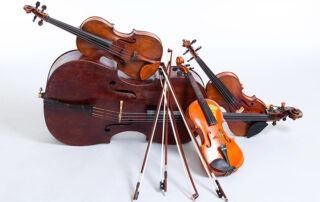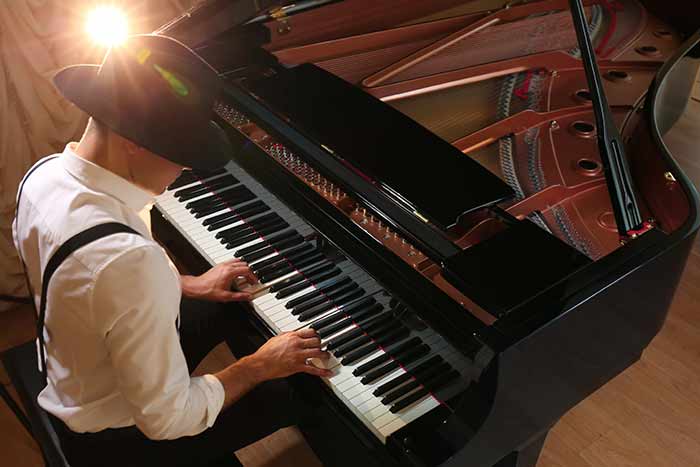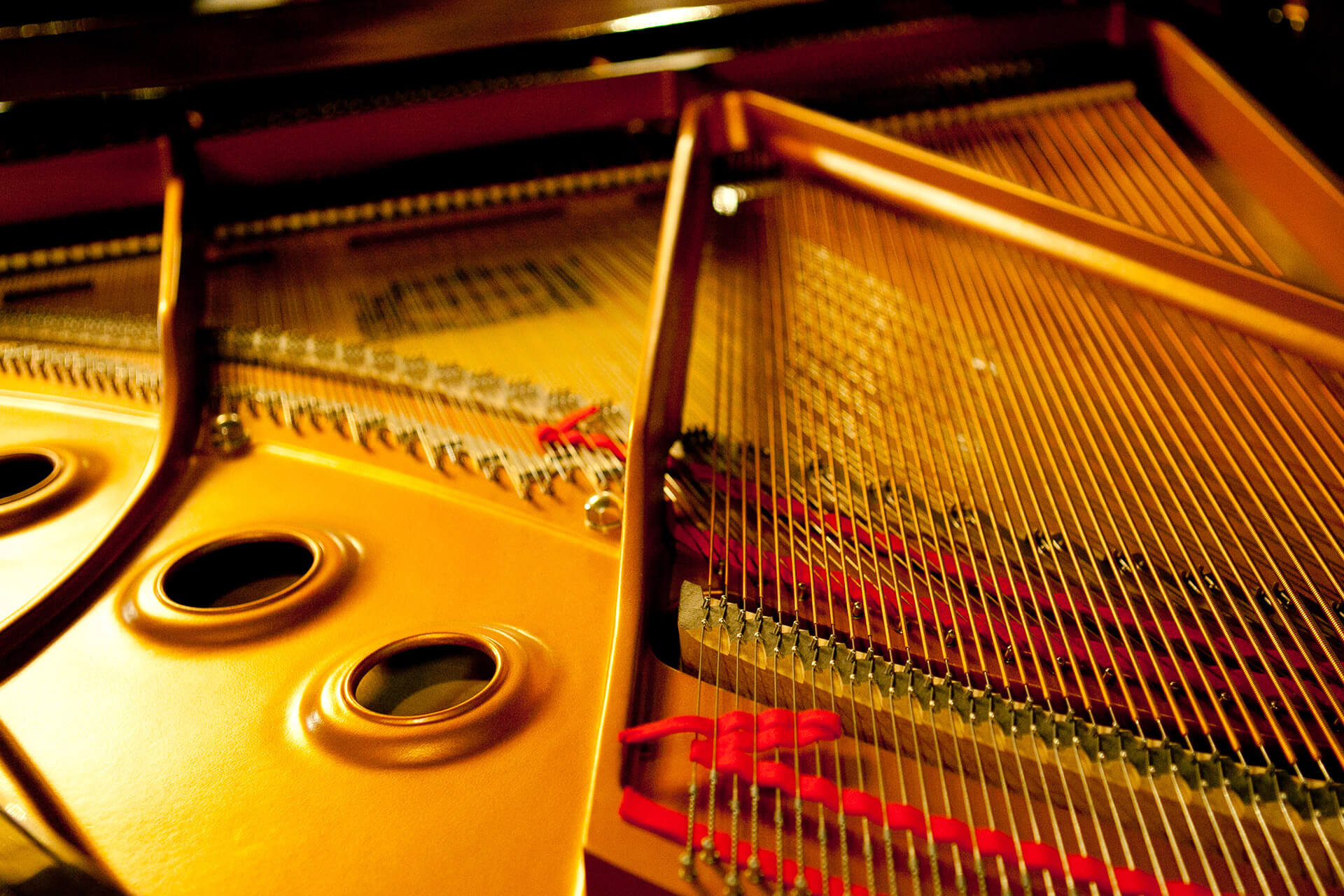Here is a brief introduction to three very useful accessories for playing a string instrument:
- the metronome
- the tuner
- the mute

The metronome:
What is it?
This device emits a sound at regular intervals to provide a reliable and steady tempo. You simply set the desired tempo value on the metronome.
This value is measured in BPM (beats per minute).
So a tempo of 100 BPM means the device will produce 100 clicks per minute.
What is it used for?
To frame a musical passage.
To speed up a passage, helping you to play faster.
Rhythmic stability is a crucial element in music. A firm rhythmic framework is essential in order to take liberties later on.
When we rely on a set tempo, we must estimate the exact moment when the next beat will fall, in order to play the notes at the correct time.
Using a metronome, just like playing with other musicians, forces us to stop focusing solely on what we are playing and to pay attention to what is happening around us.
If you are not playing in time with the metronome’s click, it shows that your tempo is inconsistent — you are either playing too fast or too slowly.
In that case, I recommend lowering the metronome’s tempo until you can play the passage exactly in time.
It is at that precise point that you can then increase the tempo.
How should you begin using the metronome?
The first step is to clap your hands precisely at the moment the metronome clicks, then try playing one note on each beat.
The second step is to become aware of the different subdivisions of the beat.
Once you can clap or play a note in time with the metronome clicks, try clapping or playing two, three, or four beats per click.
Once you have passed this stage and feel comfortable with the subdivisions of the beat, it becomes worthwhile to put this into practice with scales, exercises, or even pieces.
The metronome is an exceptionally effective tool for developing a sense of tempo and improving rhythmic precision.
How can you speed up a passage with the help of a metronome?
Once you can play the passage flawlessly at a given tempo, you can gradually increase the speed until you reach the desired tempo.
You simply increase the metronome tempo by three or five notches.
This method is very effective provided you are disciplined enough to play the same passage three times at the same tempo without a single mistake or hesitation.
It can happen that you are able to play at the desired tempo one day, but are unable to reach the same tempo the next day.
Do not be discouraged — this is completely normal and happens to everyone.
In that case, I recommend going back to a tempo ten notches slower than the last speed you achieved.
What are the different types of metronomes?
The mechanical metronome, invented in 1812 in Amsterdam, consists of a clockwork escapement mechanism with a graduated pendulum whose beats mark the time, and a movable counterweight that slides along the pendulum to adjust the tempo.
A marking of 60 means 60 beats per minute — one swing per second — and 120 corresponds to 120 beats per minute, meaning two swings per second.
The electronic metronome appeared in the second half of the twentieth century and became less bulky and more reliable than the mechanical metronome.
Nowadays, there are many smartphone apps that allow you to carry a metronome with you everywhere.
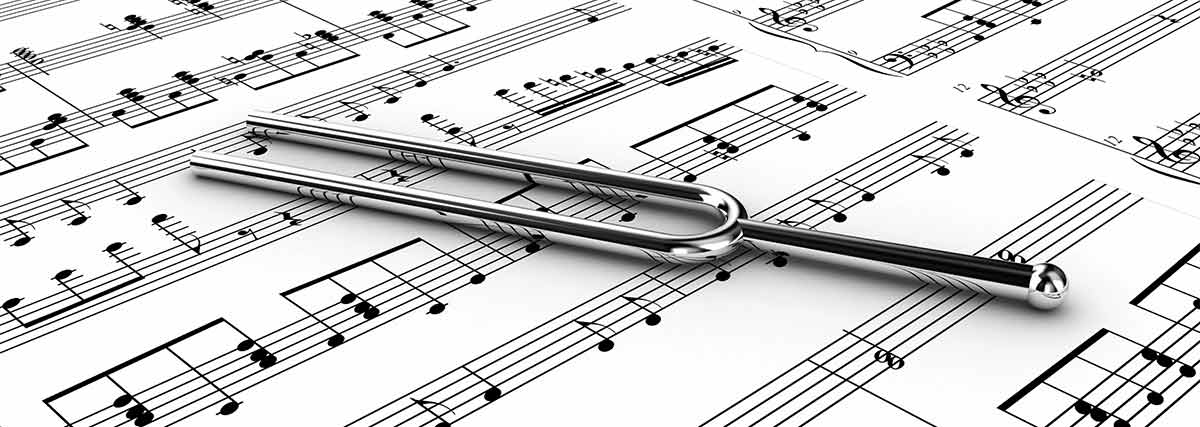
The tuner:
It is an electronic or acoustic device that shows the difference between the sound being played and the selected absolute reference, which corresponds to a given musical note.
Smartphone apps also offer the use of a tuner on your mobile phone.
This device is therefore used to tune your instrument. By playing your open strings, it tells you whether the note is too high or too low.
It can also be used as a practice tool to improve intonation, provided you continue to use your ear at the same time on certain notes during slow practice.
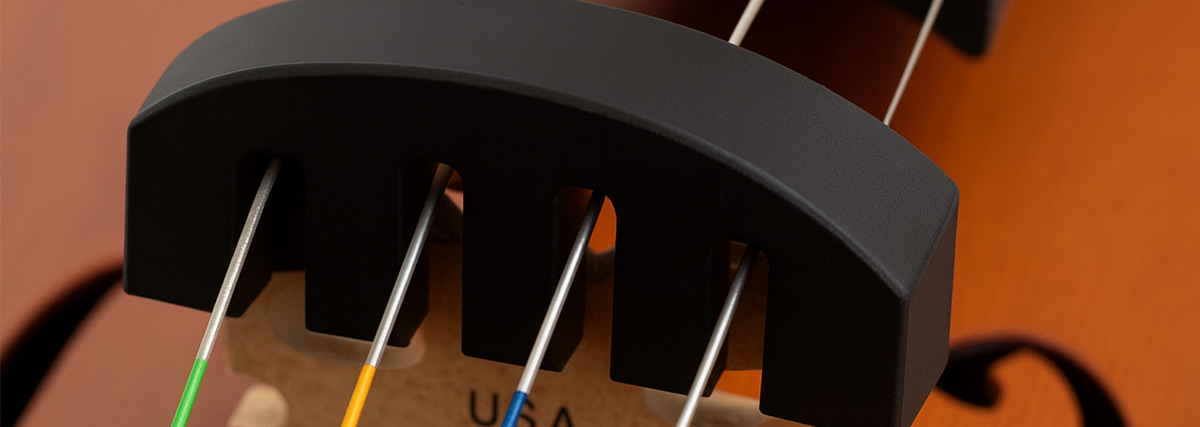
The mute:
For bowed string players, the mute is an accessory placed on the bridge.
By adding mass, it restricts the transmission of the strings’ vibrations to the soundboard, which reduces the instrument’s volume.
There are many different types, so I will present only a few.
1 – The Tourte mute is the most commonly used today. When not in use, it sits between the second and third strings.
This mute is made of plastic and allows for a fairly quick “con sordino” transition. You simply slide it up to the bridge and hook it on.
2 – The comb mute, also known as the hotel or apartment mute.
It may be made of plastic, ebony, metal, or metal coated in plastic. It is much larger than a Tourte mute and covers the entire surface of the bridge.
This mute dampens the sound far more than the first one described, making it an excellent accessory for avoiding disturbing the neighbours during practice sessions.
I strongly advise against practising your instrument exclusively with this type of mute, as you risk losing your reference points with the bow.
It is better to alternate regularly with playing without a mute, so that you can hear the full sound of your instrument.
3 – The Heifetz mute, made of plastic and much lighter, allows you to retain a strong volume while producing a slight change in tone.
4 – The Roth Sihon mute, which can be slightly more difficult to install at first, allows for the quickest possible transition from playing without a mute (“senza sordino”) to playing with one (“con sordino”).
You simply slide it along the strings without having to hook it onto the bridge.

